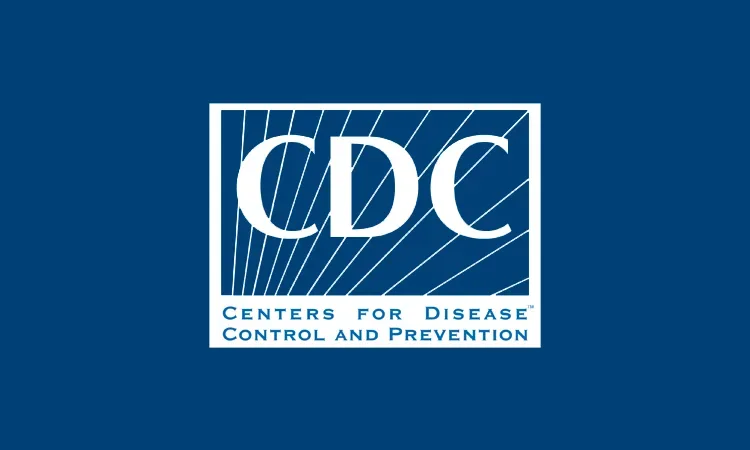CDC Recommendations for Managing Acute Respiratory Illness Symptoms in Long-Term Care Residents

The Centers for Disease Control and Prevention (CDC) has issued guidance recommending nursing homes consider the following practices when COVID and influenza are both prevalent, based on local public health data and testing at local healthcare facilities:
- Treat all residents with COVID or influenza symptoms as if they have COVID, pending test results, and use Transmission-Based Precautions.
- Because some symptoms of influenza and COVID are similar, it may be difficult to tell the difference. Those with possible symptoms should move to a single room or remain in their current room, pending results of viral testing.
- Older adults with COVID may not always manifest fever or respiratory symptoms. Less common symptoms can include new or worsening malaise, headache, or new dizziness, nausea, vomiting, diarrhea, and loss of taste or smell.
- Test any resident with symptoms of COVID or influenza for both viruses.
- COVID and influenza co-infection can occur, so it’s important to test for both. Stay connected with the local and state health departments, and they should both be notified of a suspected or confirmed influenza or COVID outbreak, especially if a resident develops influenza while on or after receiving antivirals.
- Obtain respiratory specimens for influenza and COVID testing, and check the instructions. There are no FDA-cleared influenza tests that use saliva. If available, multiplex nucleic acid detection tests for COVID and influenza can be performed onsite or at an offsite laboratory.
- If residents with symptoms test negative for both infections, consider additional viral (respiratory syncytial virus, RSV) or bacterial testing, based on local data.
- Placement Decisions
- Residents with COVID should be in a single room or with other COVID-positive residents. If unable to move a resident, use measures, such as ventilation, to reduce transmission to roommates.
- Residents with COVID and influenza should be in a single room or with other co-infected residents. These residents should be cared for using all recommended personal protective equipment (PPE) for COVID. If these room options aren’t available, consult with public health authorities on prevention, including physical barriers between beds, initiating antivirals for roommates, and improving ventilation.
- Residents with influenza only should be placed in a single room or with other influenza-only residents. If unable to move a resident, use measures, such as ventilation and antivirals, for roommates to reduce possible transmission. Facilities should consider having staff wear eye protection when caring for infected residents.
- Residents with respiratory symptoms who don’t have COVID or influenza should be cared for using Standard Precautions and Transmission-Based Precautions based on their suspected or confirmed diagnosis.
- Clinical Management
- Prescribe antivirals as soon as possible if influenza testing is positive OR prescribe empiric antivirals if influenza is suspected.
- Follow recommendations for COVID treatment from the National Institutes of Health COVID-19 Treatment Guidelines Panel.
- Influenza antiviral considerations:
- Promptly initiate antivirals with oral oseltamivir to all exposed individuals of residents with confirmed influenza.
- When at least two residents are ill within 72 hours of each other with laboratory-confirmed influenza, expand antivirals to non-ill residents living on the same unit as the ill, regardless of influenza vaccination status.
- Persons receiving antivirals who develop symptoms should be tested (see above) and switched to antiviral treatment doses pending results.
-
- Encourage influenza vaccination for unvaccinated residents and staff.
- Encourage residents and staff to remain up to date with COVID vaccine doses.
- Encourage RSV vaccination for unvaccinated residents aged 60 years and older, based upon shared decision-making.
- Encourage pneumococcal vaccination for unvaccinated residents.
- Simultaneously administer the vaccines for which residents and staff are eligible. In general, simultaneous administration of vaccines remains a best practice.
Although these recommendations were made specifically for nursing homes, their applicability to all aspects of long-term care, particularly assisted living, should be considered